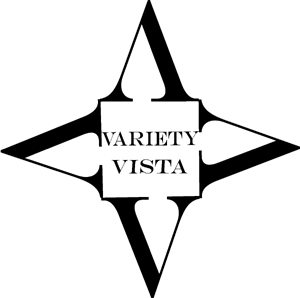
Doubled Dies:
What Causes Doubled Dies?
Hub Doubling Varieties
The hubbing process, while rather simple in its procedure, is rather complex in the varieties that it produces. Once the master die (incuse image) is created (see previous article for an explanation), it is used to hub or squeeze a working hub (relief image), which is in turn used to hub a working die (incuse image). Since one hubbing is not usually enough to bring up a sharp image, the die is annealed (softened by heat) and re-hubbed, occasionally multiple times. If the working hub and working die with its initial image are not fitted together properly in the press, a doubled image occurs on the die. This doubled die will in turn transfer a doubled image to every coin it produces. While much has been made of the way in which a doubled die is produced (the complex part), the important thing is to be able to recognize the characteristics of hub doubling. These characteristics include raised, rounded images with splits in the serifs and valleys or furrows between the images. These are the same characteristics as found on repunched dates and repunched mintmarks. Being able to distinguish hub doubling from �machine damage doubling� (sometimes called �ejection doubling,� �mechanical doubling,� or �strike doubling�) is a mark of the advanced variety collector. However, anyone can learn the difference if they are willing to take the time to study the photos and the coins.
In its infancy, the collecting of hub doubled coins, commonly known as �doubled dies,� centered around the circumstances that produced the various kinds of doubling known. For example, the doubling on some coins appeared all the way around the rim lettering in a clockwise or counter-clockwise fashion. Other coins exhibited doubling on just some of the rim lettering. On other coins, the doubling was directed toward the center or the rim. Still on others the doubling affected only certain design elements. Thus the following classes of hub doubling were proposed, principally by Alan Herbert, to explain these differences. Most hub doubling is now regarded as a hybrid of these classes. It is very difficult with only a coin in hand to logically backtrack and find the cause of its hub doubling. So many things can and do happen in the hubbing process that figuring out exactly what happened in each case may not be possible. Again, the important thing is recognizing the variety as true hub doubling, not in determining to which class of hub doubling it belongs.
| Home |
Introduction |
Design Changes |
Mintmark Styles |
Doubled Dies |
Mintmark Varieties |
RPDs and MPDs |
Die Errors |
| About CONECA |
About the Author |
Copyright James Wiles, 2011
Email: [email protected]
1490 Trail View Lane
Frisco, TX 75034-2649